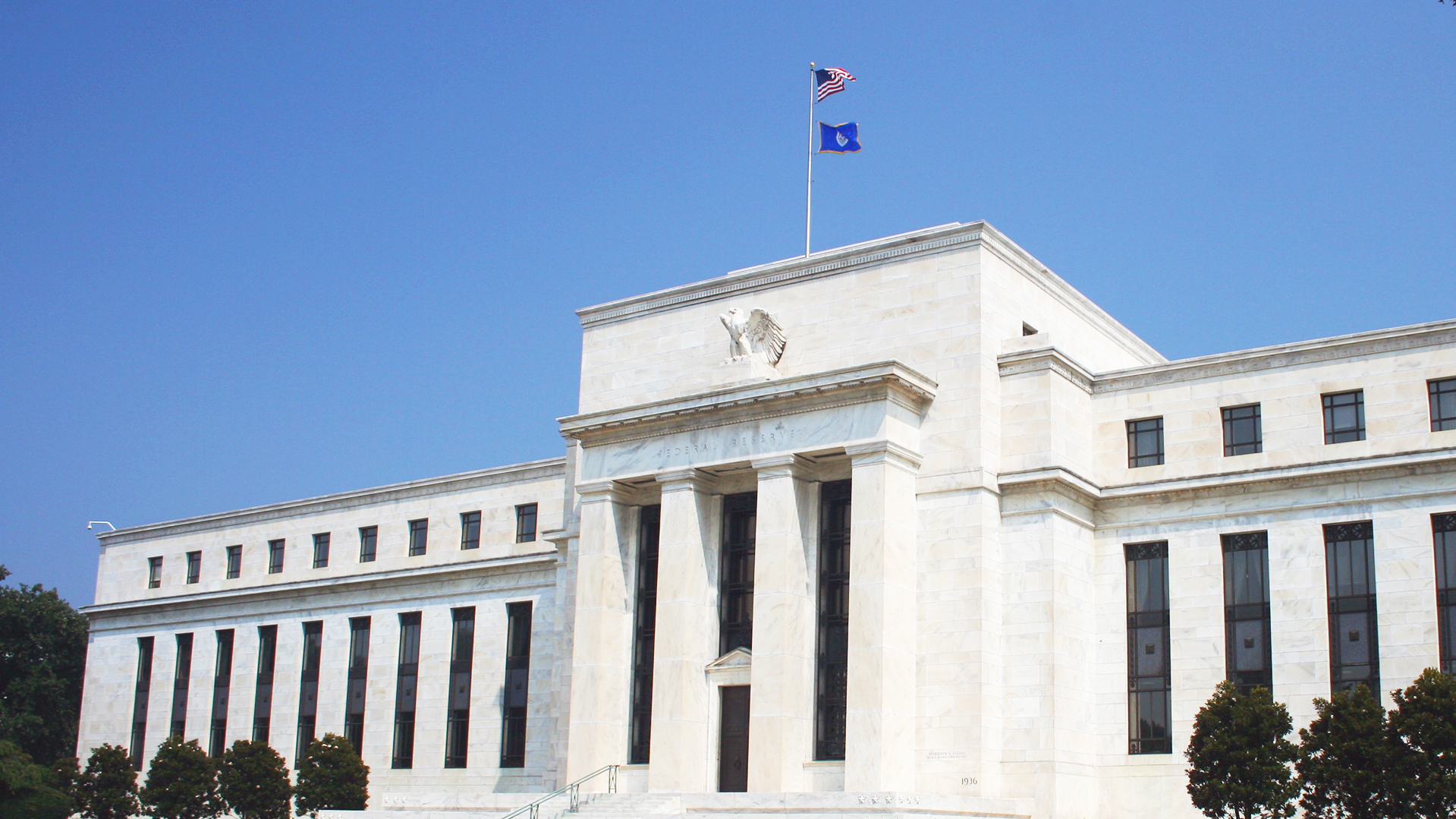
SIMONE DEL ROSARIO: DESPITE ALL THE ECONOMIC TIGHTENING TO BRING DOWN INFLATION, THE OPPOSITE HAPPENED IN JANUARY, ACCORDING TO THE LATEST DATA.
PCE – THE FED’S PREFERRED INFLATION GAUGE – WAS UP 5.4% FROM A YEAR AGO, A HAIR HIGHER THAN DECEMBER’S 5.3.
AND THAT DECEMBER FIGURE’S A REVISION. PRICES ENDED UP RISING QUITE A BIT FASTER THAN THE 5% PREVIOUSLY REPORTED.
ALSO, THE MONTHLY PRICE FOR GOODS AND SERVICES CLIMBED 0.6%, THE LARGEST MONTHLY GAIN SINCE LAST SUMMER.
THIS FOLLOWS THE CONSUMER PRICE REPORT WHICH SHOWED INFLATION BARELY SLOWED FOR THAT, AND A SHOCKINGLY STRONG JOBS REPORT IN JANUARY.
SO WHAT DOES THIS MEAN BEYOND INFLATION BEING STUBBORNLY HIGH? HIGHER INTEREST RATES.
THE FEDERAL RESERVE HIKED ITS RATE FOR THE 8TH TIME IN A YEAR EARLIER THIS MONTH – AND AT A QUARTER OF A PERCENT, 25 BASIS POINTS, IT WAS THE SMALLEST INCREASE SINCE THE FED STARTED ITS CAMPAIGN.
BUT MINUTES FROM THAT FED MEETING RELEASED THIS WEEK SHOW SOME COMMITTEE MEMBERS FAVORED A LARGER HIKE, BELIEVING IT WOULD MORE QUICKLY BRING THE INTEREST RATE INTO THE RESTRICTIVE LEVEL NEEDED TO BRING DOWN INFLATION.
THE GROUP MEETS AGAIN IN A MONTH TO REVISIT THAT INTEREST RATE, AND THEY HAVE TO BALANCE MAKING SPENDING SO EXPENSIVE THAT WE DO LESS OF IT, CAUSING PRICES TO GO DOWN, AND TRYING NOT TO OVERDO IT, TIPPING THE COUNTRY INTO RECESSION.
NOW IF YOU’RE STILL ASKING, CPI, PCE, WHAT’S THE DIFFERENCE WHEN IT COMES TO MEASURING INFLATION? GO TO STRAIGHT ARROW NEWS DOT COM AND SEARCH PCE – I’VE GOT A STORY FOR YOU THAT BREAKS IT ALL DOWN.
I’M SIMONE DEL ROSARIO. IN NEW YORK IT’S JUST BUSINESS.










